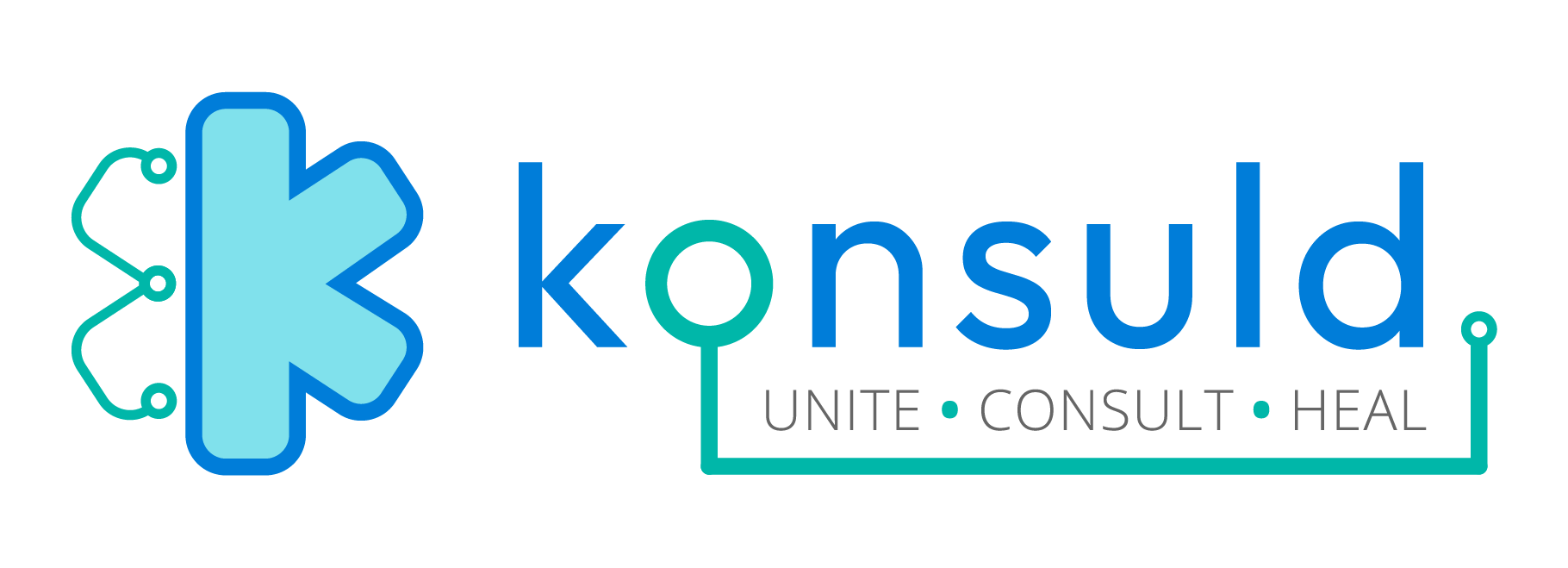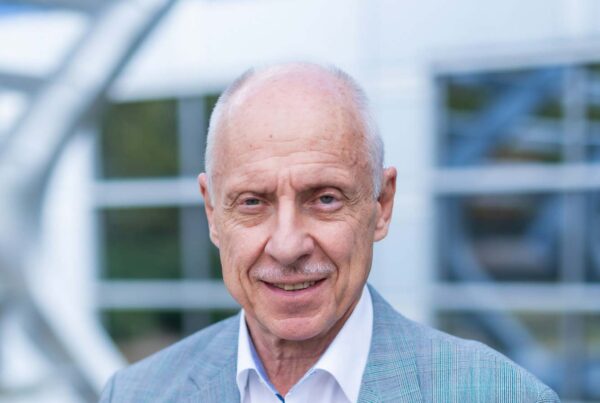Collaboration in healthcare has emerged not just as a cornerstone for improved patient outcomes, but also as a vital mechanism to alleviate one of the industry’s most pervasive challenges: physician burnout.
With rising patient demands, administrative burdens, and the emotional weight of medical decision-making, collaboration provides healthcare professionals with the support they need to navigate these pressures effectively.
But key questions arise.
Can we foster collaborative environments and leverage technology for seamless communication? Can we reduce burnout and improve the overall well-being of healthcare providers (HCPs)?
Understanding Physician Burnout: What Data Reveals
Burnout among physicians is not just an individual issue; it’s a systemic crisis with profound implications for healthcare delivery. The National Academy of Medicine (NAM) reports that more than 50% of US physicians experience symptoms of burnout, including emotional exhaustion, depersonalization, and a diminished sense of personal accomplishment.
A study published in the Mayo Clinic Proceedings revealed that burned-out physicians are more likely to cut back on work hours or leave the profession entirely, exacerbating physician shortages.
The cost of burnout extends beyond providers themselves. According to research in JAMA Internal Medicine, physician burnout contributes to increased medical errors and poorer patient outcomes.
Counteract Burnout: The Role of Collaboration Among HCPs
Collaboration in healthcare isn’t a novel concept, but its potential to counteract burnout has gained attention in recent years. By fostering open communication, encouraging teamwork, and providing access to collective knowledge, collaboration can reduce the isolation and overwork that often lead to burnout.
1. Reducing the Burden of Isolation
Physicians often work long hours in silos, making critical decisions with little immediate support. Collaboration platforms can bridge these gaps, allowing providers to consult peers in real-time. A study by the American Medical Association (AMA) found that physicians who regularly collaborate with colleagues report higher levels of job satisfaction and lower rates of burnout. (Source: https://www.ama-assn.org/practice-management/physician-health/how-collaborative-culture-protects-against-physician-burnout).
2. Sharing the Cognitive Load
Complex cases often require interdisciplinary expertise. Collaboration enables physicians to tap into the collective knowledge of specialists, reducing decision fatigue. This concept aligns with findings from the Journal of Interprofessional Care, which highlights the benefits of shared decision-making in reducing physician stress.
3. Streamlining Administrative Processes
Administrative tasks are a major contributor to burnout, with physicians spending up to two hours on paperwork for every hour of patient care. Collaborative tools that integrate with electronic health records (EHRs) can streamline workflows, freeing up time for patient interaction and reducing administrative burdens.
A study published in JAMA Network Open found that certain system-level factors, such as increased teamwork on orders and the presence of clinic pharmacy technicians, were associated with reduced per-visit EHR time. Specifically, a higher percentage of teamwork on orders was linked to 3.81 fewer minutes per visit, and having a clinic pharmacy technician was associated with 7.87 fewer minutes per visit.
Additionally, the U.S. Department of Health and Human Services released a comprehensive strategy aimed at reducing the regulatory and administrative burden related to the use of health IT, including EHRs. This strategy emphasizes the importance of easing these burdens to allow clinicians more time to focus on patient care.
These findings suggest that implementing collaborative practices and support roles within healthcare settings can effectively reduce the time physicians spend on EHR documentation, thereby potentially alleviating some aspects of physician burnout.
Leveraging Technology for Seamless Collaboration
Technology has revolutionized collaboration, making it easier for healthcare providers to connect across disciplines and geographies. Here are some ways technology is combating burnout through enhanced collaboration:
1. Real-Time Communication Platforms
Platforms like Microsoft Teams, Slack, and healthcare-specific tools like Konsuld enable instant communication, case discussions, and knowledge sharing.
By reducing delays in consultation and providing immediate access to peer expertise, these tools decrease stress and improve decision-making efficiency.
2. AI-Powered Decision Support
Artificial intelligence (AI) can analyze vast datasets to provide diagnostic suggestions or highlight potential treatment options. AI tools like IBM Watson Health have been shown to reduce diagnostic errors and give physicians more confidence in their decision-making.
3. Telemedicine and Remote Collaboration
Telemedicine platforms not only improve patient access to care but also allow physicians to collaborate remotely, breaking down geographic barriers. This is particularly impactful in underserved areas where local expertise may be limited.
The Human Element of Collaboration
Beyond tools and platforms, encouraging a culture of collaboration is critical. Physicians need safe spaces where they feel comfortable seeking second opinions, discussing challenges, and sharing vulnerabilities. Leadership plays a vital role in creating such environments.
1. Encouraging Peer Mentorship
Mentorship programs can provide junior physicians with guidance and reduce feelings of isolation. Mentorship programs have been consistently associated with positive outcomes for junior physicians, including increased job satisfaction and potential reduction in burnout.
It’s worth noting that the benefits of mentorship extend beyond just junior physicians. Mentors also report higher job satisfaction and increased retention at their institutions.
2. Building Trust and Psychological Safety
Collaboration thrives in environments where providers feel psychologically safe. Leaders must prioritize open communication and mutual respect, as outlined in a study from the Harvard Business Review on psychological safety in healthcare teams.
Collaboration in Action
1. Reducing Burnout Through Team-Based Care
This study examines the relationship between care teams and burnout among physicians and nurses in two teaching hospitals in Baltimore, Maryland. Key findings include:
- 43% of physicians and nurses screened positive for burnout.
- Team efficiency was associated with a decreased likelihood of burnout, while isolation at work was associated with an increased likelihood of burnout.
- Nurses reported higher team efficiency compared to physicians, while physicians reported more isolation at work.
- Clinical environments that allowed for the delivery of outstanding care were associated with decreased likelihood of burnout.
The study identified three main themes related to care teams:
- Team functioning and communication
- Team membership
- Care coordination and follow-up
The researchers suggest that understanding and improving care teams may provide insights into addressing physician and nurse burnout. They recommend creating consistent care teams, expanding interdisciplinary team members, and increasing clinical support staffing.
This mixed-methods study highlights the importance of effective teamwork in healthcare settings and its potential impact on reducing burnout among healthcare professionals.
2. Virtual Collaboration in Rural Healthcare
Telehealth services offer a powerful solution for rural healthcare providers by enabling collaboration and consultation across geographic barriers. By allowing rural providers with limited access to specialist colleagues to address a broader range of medical conditions through virtual interactions, telehealth can significantly reduce the isolation and overwhelm that often contribute to physician burnout. The ability to easily consult with specialists in fields like cardiology, mental health, oncology, and other specialties means physicians can provide more comprehensive care without the stress of feeling individually responsible for managing complex cases beyond their immediate expertise.
Moreover, technology can potentially optimize healthcare delivery and close critical gaps in care access. The 2018 systematic review found that over 80% of literature documented positive medical outcomes associated with health information technology, suggesting that these virtual collaboration tools support physicians and improve overall healthcare quality. By facilitating efficient and secure sharing of health records, providing opportunities for professional training, and enabling more flexible service delivery, telehealth can help mitigate the administrative burdens and professional isolation that are key drivers of physician burnout in rural settings.
A Collaborative Future for Healthcare
Physician burnout is a multifaceted challenge that demands systemic solutions. Collaboration—powered by technology, driven by culture, and supported by leadership—offers a clear path forward. By fostering teamwork, reducing isolation, and streamlining workflows, healthcare organizations can create environments where physicians thrive, not just survive.
The stakes are high. For every burned-out physician, countless patients and healthcare systems are affected. Collaboration isn’t just an option—it’s a necessity for the future of medicine.





